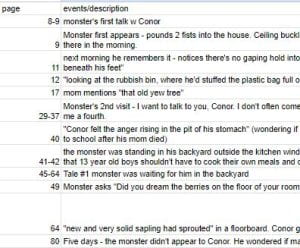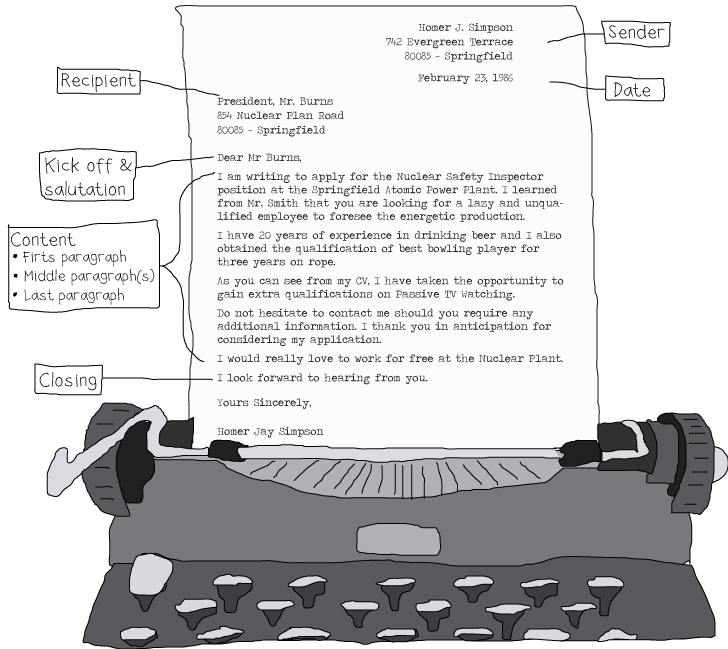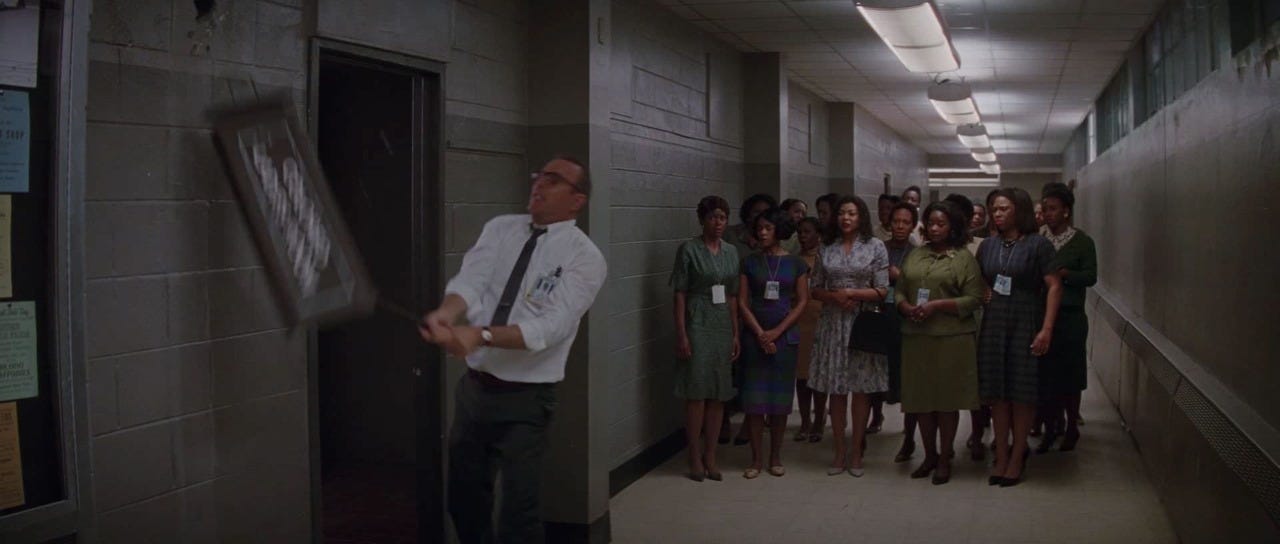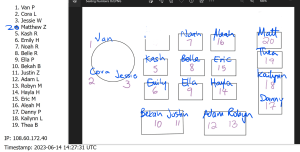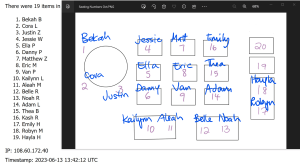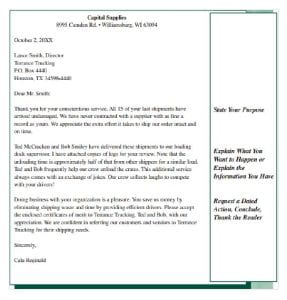Friday March 22 Sub Resources
Period 3: Psych 20
Behavioural Studies documentary – it specifically focuses on issues of people being “obedient” to a perceived “authority figure”.
You should take notes on the aspects or examples of this issue that are included in the documentary.
Trigger Warning: I discussed with you yesterday, too, that there are disturbing events described (with some blurred videos) in this documentary. I’ve edited this video myself for displaying in a classroom.
Period 4: ELA 9
Deciding: Is the Monster real or is it in Conor’s head?
Could the Monster be real and only seen by Conor or is it in his head?
- I want you in groups of no-more-than-three to study the text, what you remember of certain events, and decide on this main question, first.
- Then, you have to find your supports that prove your claim. There may be specific moments from the storyline you want to point to for support. I’ve shared the PDFs of the pages with you AND I am sharing a Sheet with you that should help you narrow down/find those moments on the pages so you can CHECK THE TEXT. Find the text evidence that supports your position as a group.
- Develop a presentation that you’ll all deliver to the class live. It should include:
- A beginning, middle, and end.
- Be well organized – like a paragraph goes through steps, so should the presentation.
- Be written in a Convincing, Persuasive tone/manner.
- Include the Text References as support – along with analysis of your text examples.
- A conclusion – wrap it all up
- It should also be visually interesting, as a presentation.
- And each of the potential 3 team members have to have a role in delivery of the presentation.
Here is a link to the Sheet that lists page numbers with events from the plot.
The pdf files have been shared with you through your Sunwest Email. The files list each pdf by the pages it starts/ends with.
